[ad_1]
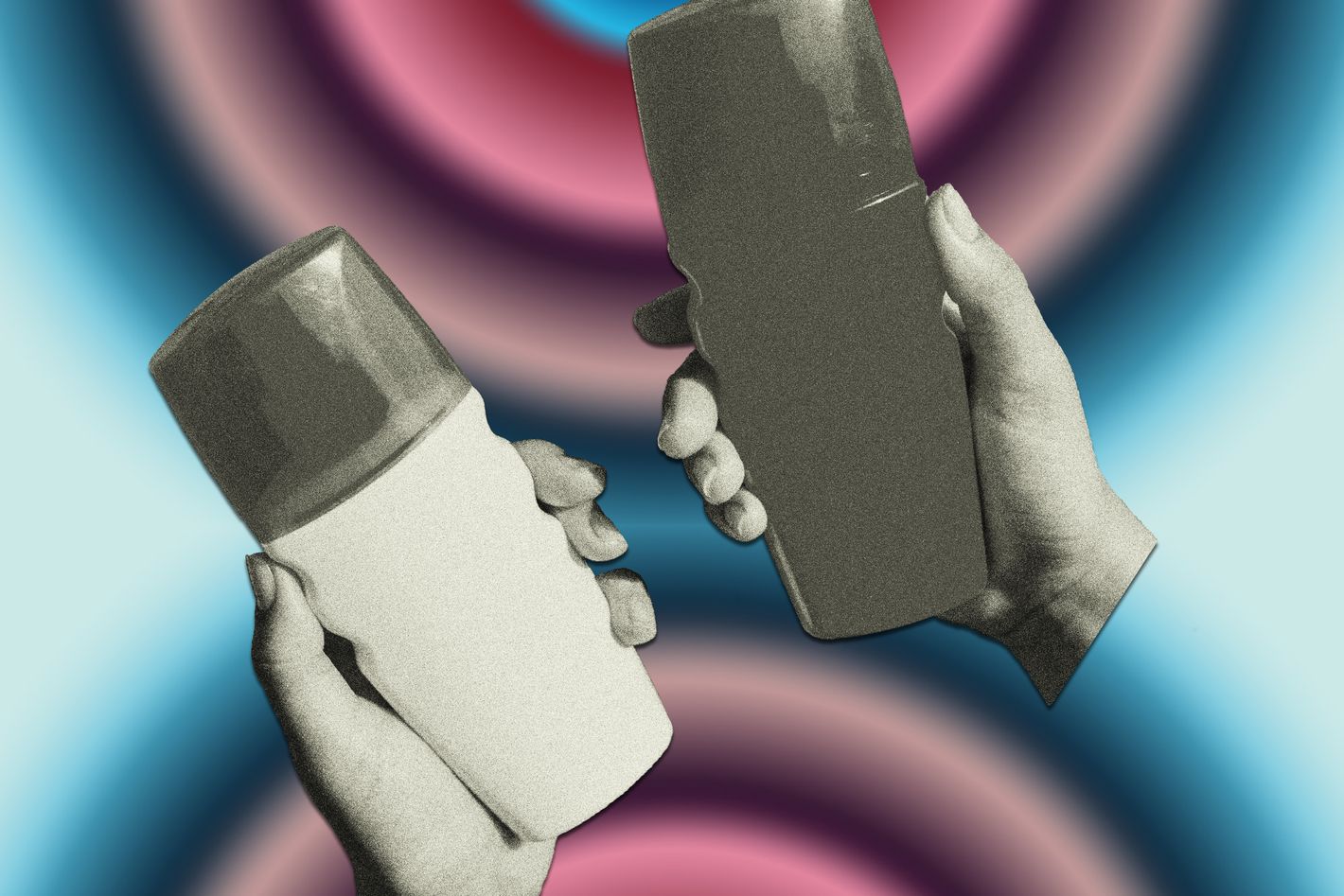
What’s the point of buying nice face sunscreen?
Dear Jenn,
I know there are many upper-level ($$$) sunscreens for face only. If sunscreen only lasts two to three hours, what’s the point of buying one that is top of the line? My dermatologist said body sunscreen on the face is fine as long as your skin tolerates it. Are pricey sunscreens a gimmick since, from what I’ve read, they all protect for about the same amount of time?
Thanks,
Heidi
Using inexpensive body sunscreen on your face is fine if it doesn’t irritate your skin or cause breakouts. “With the exception of those who are significantly acne prone, or have conditions like rosacea or eczema, most people can apply a body sunscreen to the face without any issues,” says board-certified dermatologist Joshua Zeichner, M.D. But even though your instinct (expensive sunscreen is not better) is right, the reasoning you used to get there (all sunscreens protect equally for the same amount of time) isn’t exactly true. To explain why that is — and why some people may want to have more than one sunscreen in rotation — we have to talk about photostability and application guidelines.
Why do sunscreens only last two hours?
Scientists know that the active ingredients in sunscreens become less effective when exposed to heat and light (that’s why the directions suggest you “reapply at least every two hours”). Some sunscreen formulas are more photostable than others and will remain effective long after the two-hour mark if you don’t sweat or go in water. But there aren’t labeling guidelines for photostability, so there’s really no way for a consumer to know. Take the mineral sunscreen ingredient titanium dioxide: Generally, it’s more stable than chemical sunscreens like avobenzone. But that’s not always the case. For example, if titanium dioxide is smaller, or micronized, it may not be as effective as it would be in its larger form, according to research. There are so many other elements that go into how a sunscreen maintains its effectiveness IRL, including what it’s combined with (some antioxidants make sunscreen actives more stable), whether any of the ingredients are encapsulated, the product packaging, and, of course, how you apply it.
How much sunscreen should I apply?
If you don’t apply the same amount of sunscreen used in the FDA’s sunscreen-testing protocols, you will not get the same level of protection promised on the bottle. For example, in one study, researchers noted that participants who applied half the FDA test concentration of sunscreen achieved approximately half or less the product’s labeled SPF. I’m sure you’re thinking, Fine! I’ll just apply the same amount used in the FDA testing. Well, that means applying two milligrams of sunscreen per square centimeter of your face. Obviously, that depends on your face size, but it usually ends up somewhere between ¼ and ½ teaspoon.
Is expensive sunscreen more effective?
This is where the pricey sunscreen — or “gimmick,” as you call it — starts to seem less gimmicky, at least for some people. If an inexpensive body sunscreen feels thick and waxy, or pills under makeup, or takes a long time to rub in (or leaves a white cast!), you might be less likely to apply as much as you need or as frequently as you should. “At the end of the day, you only will have protection against the sun if you’re using sunscreen,” says Zeichner.
Then again, if you splurge on a fancy face sunscreen, the contrarian in me has to bring up the potential downside of that decision as well: What if you’re stingy with your application because the product is so precious? I’m guilty of this! I have one sunscreen (Minu Brightening Sunscreen Minerals, $58) I absolutely love because it’s really sheer, doesn’t flare up my rosacea, and never pills with my favorite foundation (this one from It Cosmetics). But I rarely use it because I don’t want it to run out. Instead, I save it for days when I want to look my best, and I have a bunch of other sunscreens in rotation for days where I’m not as picky, either because I’m not wearing makeup or I’m outdoors and will be applying even more often than usual.
What’s the best cheap sunscreen?
Ultimately, my advice for most people — maybe even you, Heidi? — is to get at least two types of sunscreen! A cheap one and a special-occasion one. For an inexpensive body sunscreen that will also work on your face, Zeichner recommends Eucerin Advanced Hydration SPF 50 Sunscreen ($13.12 on Amazon). “It comes in a large size and was designed with the body and mine, however, I recommend it all the time for use on the face as well,” Zeichner says. But depending on your skin type and tone, you may choose something else. In addition to that, consider getting a sheer facial sunscreen that you actually enjoy using. Think of it this way: You don’t have just one bag or pair of shoes; you have a wardrobe of options to suit your situation and mood. Sunscreen should be no different.
Most worth-it expensive suncreens:
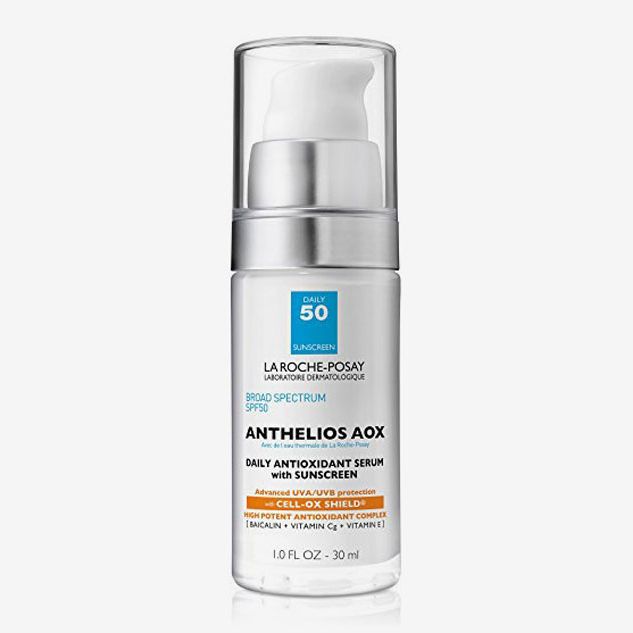
La Roche-Posay Anthelios AOX Face Sunscreen SPF 50
La Roche-Posay has many, many sunscreens, and they are pretty much all a safe bet in terms of not leaving a white cast. The Anthelios AOX withstood one of the hottest days so far without burning my eyes. This is another one with added skin-care ingredients for benefits over time, including vitamins C and E.
$45 at Amazon
$45 at Dermstore
$45 at Target
$45 at Walmart
$47 at Ulta Beauty
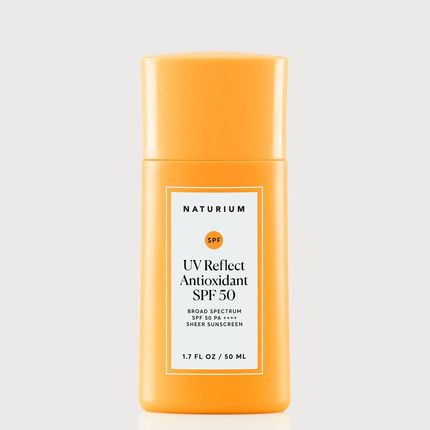
Naturium UV Reflect Antioxidant SPF 50
Buzzy brand Naturium has recently expanded into the category with this sheer sunscreen, and it’s quickly becoming a favorite. Cut staffer Asia Milia Ware also recommends this lightweight formula, which is water-resistant for up to 40 minutes, in case you have a pool trip planned. I tend to prefer glow-y sunscreens, but there’s definitely a time and place for this matte formula that has what the brand describes as a “velvety, soft-focus finish.”
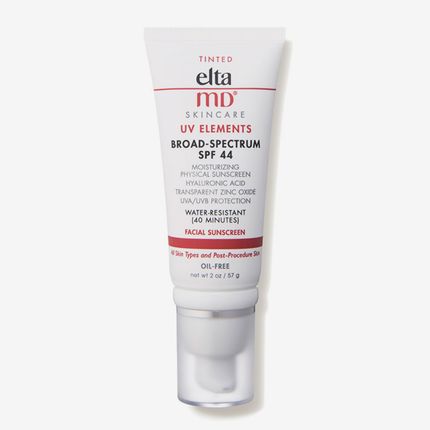
EltaMD UV Elements Tinted Broad-Spectrum SPF 44
$43 at Amazon
$45 at Dermstore
“I love this for my patients who have sensitive skin types. I use this after procedures at my office,” says board-certified dermatologist and cosmetic and reconstructive Mohs surgeon Dr. Sheila Farhang. “This formulation also has hyaluronic acid to help hydrate the skin.”
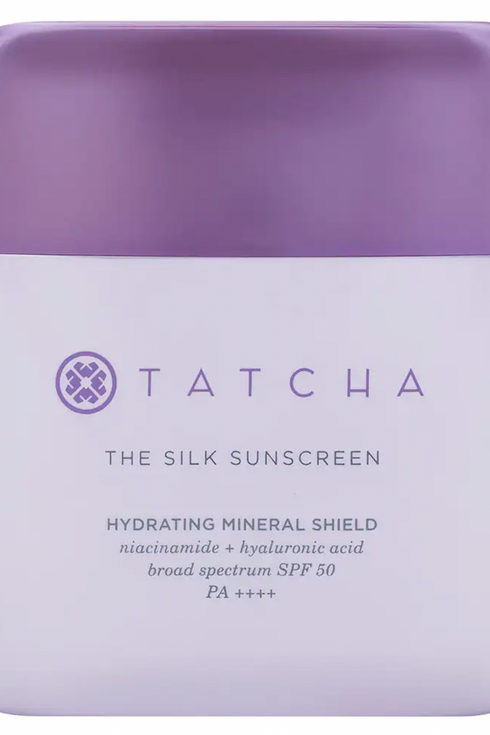
Tatcha the Silk Sunscreen Mineral Broad Spectrum SPF 50 PA++++
This one is on the pricier side, but Tatcha never steers us wrong. The tinted mineral sunscreen is almost too runny for the two-finger sunscreen rule, but it blends in well. The key ingredients are hyaluronic acid and niacinamide. Despite feeling hydrating, this sunscreen is surprisingly matte.
$62 at Amazon
$62 at Tatcha
$60 at Kohl’s
Send your questions to AskABeautyEditor@nymag.com. (By emailing, you agree to the terms here.)
More Beauty Advice
- What Is Skin Care With Growth Factors?
- How to Start Using Self-Tanner
[ad_2]
Jennifer G. Sullivan , 2024-06-05 22:45:51
Source link


